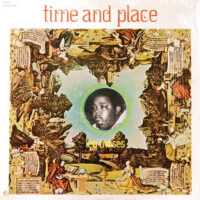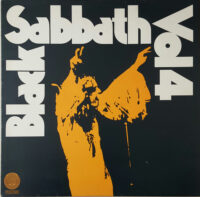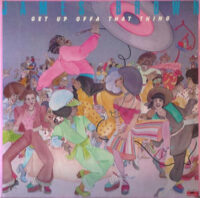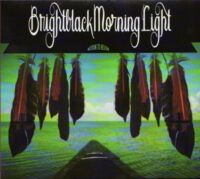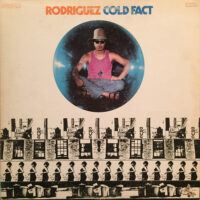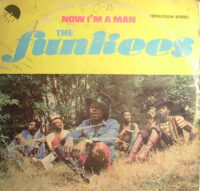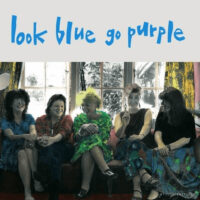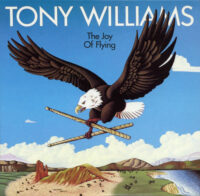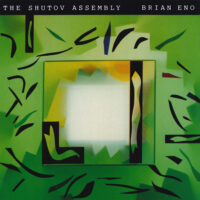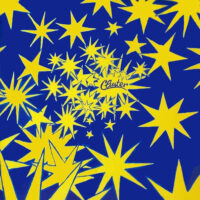
Cluster 71—German geniuses Dieter Moebius, Hans-Joachim Roedelius’ first album without Conrad Schnitzler, with whom they formed Kluster in 1969—stands as an important landmark in the formation of industrial ambient music, forging forbidding expanses of desolation and agitation. Similar to Tangerine Dream’s Electronic Meditation, 71 did not rock at all, although it often got categorized as “krautrock.” Rather, it sprawled and glowered in dank space like a malignant satellite. This was head music par excellence, but only for the headstrong who can deal with no beats or hooks whatsoever.
Moebius and Roedelius’ follow-up, Cluster II (produced by Conny Plank with his usual magically maniacal touch), found the ever-questing duo bringing in guitar to their synth-heavy miasmas, but still not rocking in any conventional way. In some regards, it’s a bit less alien and alienating than 71, but still kilometers beyond the concise, melodious synth songs on their next full-length, 1974’s Zuckerzeit.
“Plas” begins 71 with a series of grainy synth throbs and billows that accumulate mass and ominousness, before strange pulsations and shrill, panicky fanfares enter the frame, like a deflated trumpet blurt arcing across the night sky. It’s a precarious, hallucinogenic trip and a helluva bold way to open an album. On “Im Süden,” Moebius’ crispy-fried guitar riff pierces through Roedelius’ bassy synth borborygmus for nearly 13 minutes, and the effect is both hypnotic and fraught as hell. Everything intensifies and gets denser as the track progresses, until you feel as if you’re churning in the guts of a massive cement mixer, with Moebius’ chiming guitar motif tolling like a farewell message… imminent-catastrophe vibes for days. You can definitely hear this track’s influence on Austrian guitarist/laptop composer Fennesz’s early releases.
After this incredible 1-2 punch, the quality dips slightly, but the material is still deeply dissonant. “Für Die Katz” is subtly turbulent space musik for imperiled astronauts while “Live In Der Fabrik” is the sound of infinity in a circuit board or maybe the world’s most sinister video game going on the fritz… or simply mad scientists going rogue in the lab. “Georgel” consists of an enveloping drone that’s pregnant with menace and “Nabitte” ushers us to the exits with chaotic keyboard clusters, distressing groans, and slamming of unknown metal objects.
These Übermenschen didn’t let up for one second on II. Their motto seemed to be “if you’re not overcome by paranoia, we’re doing something wrong.” Truly, an unsettling bleakness pervades the entire album, one entirely at odds with the brilliant constellation cover art. You have to respect such relentless journeying to the heart of darkness.
Bureau B reissued Cluster II in 2022 and Superior Viaduct did so in 2023, so the album should be easy to find and to afford. -Buckley Mayfield
Located in Seattle’s Fremont neighborhood, Jive Time is always looking to buy your unwanted records (provided they are in good condition) or offer credit for trade. We also buy record collections.



